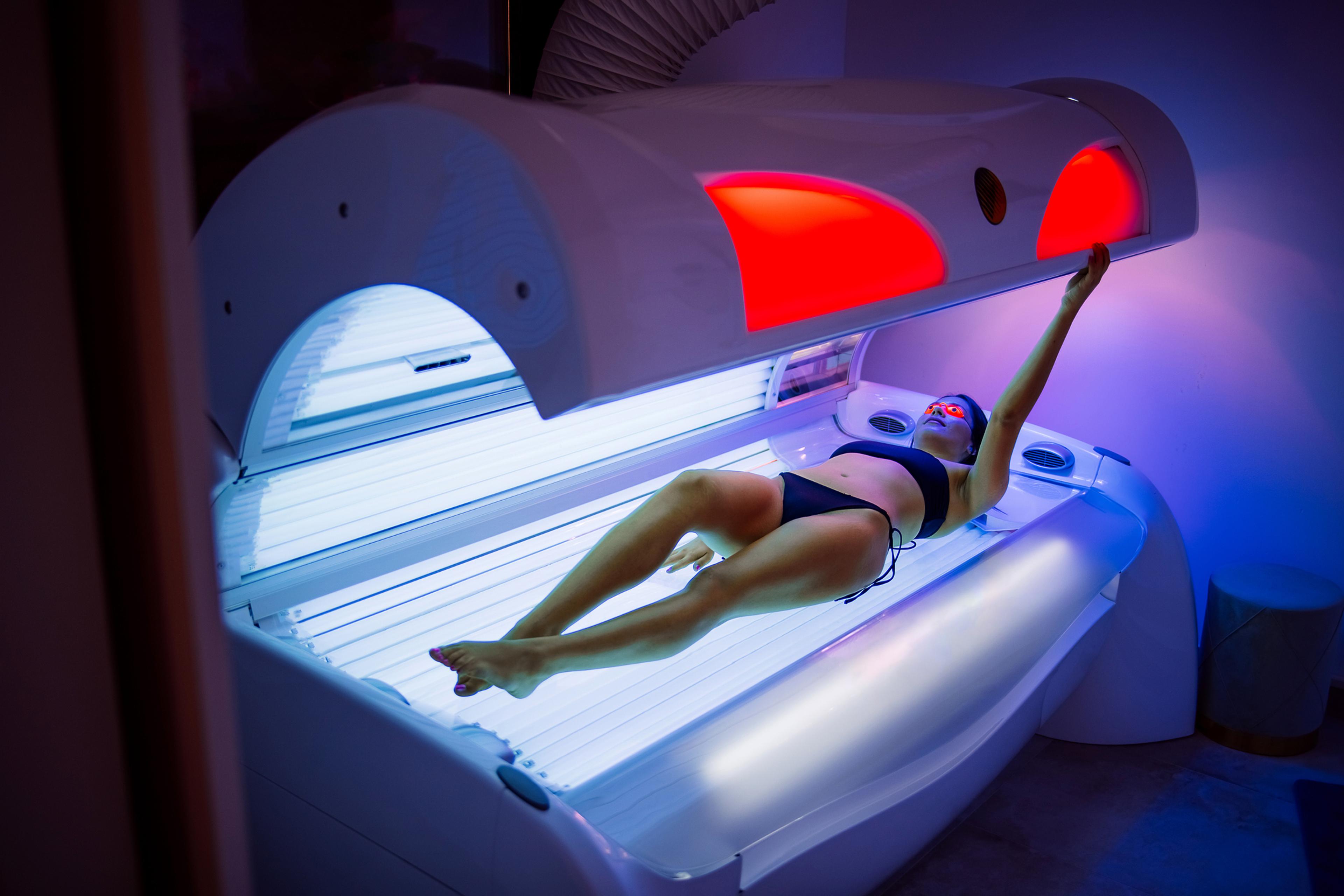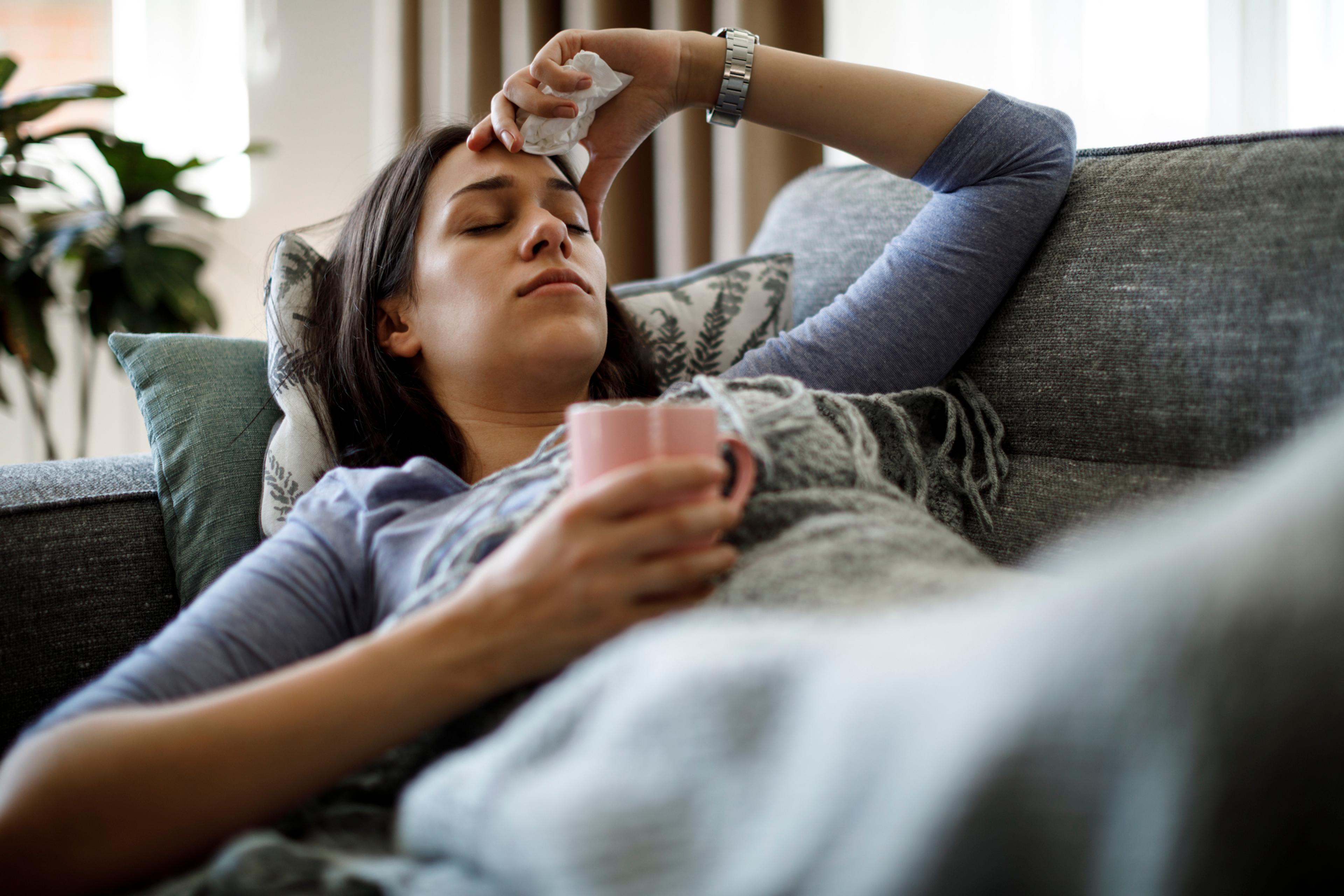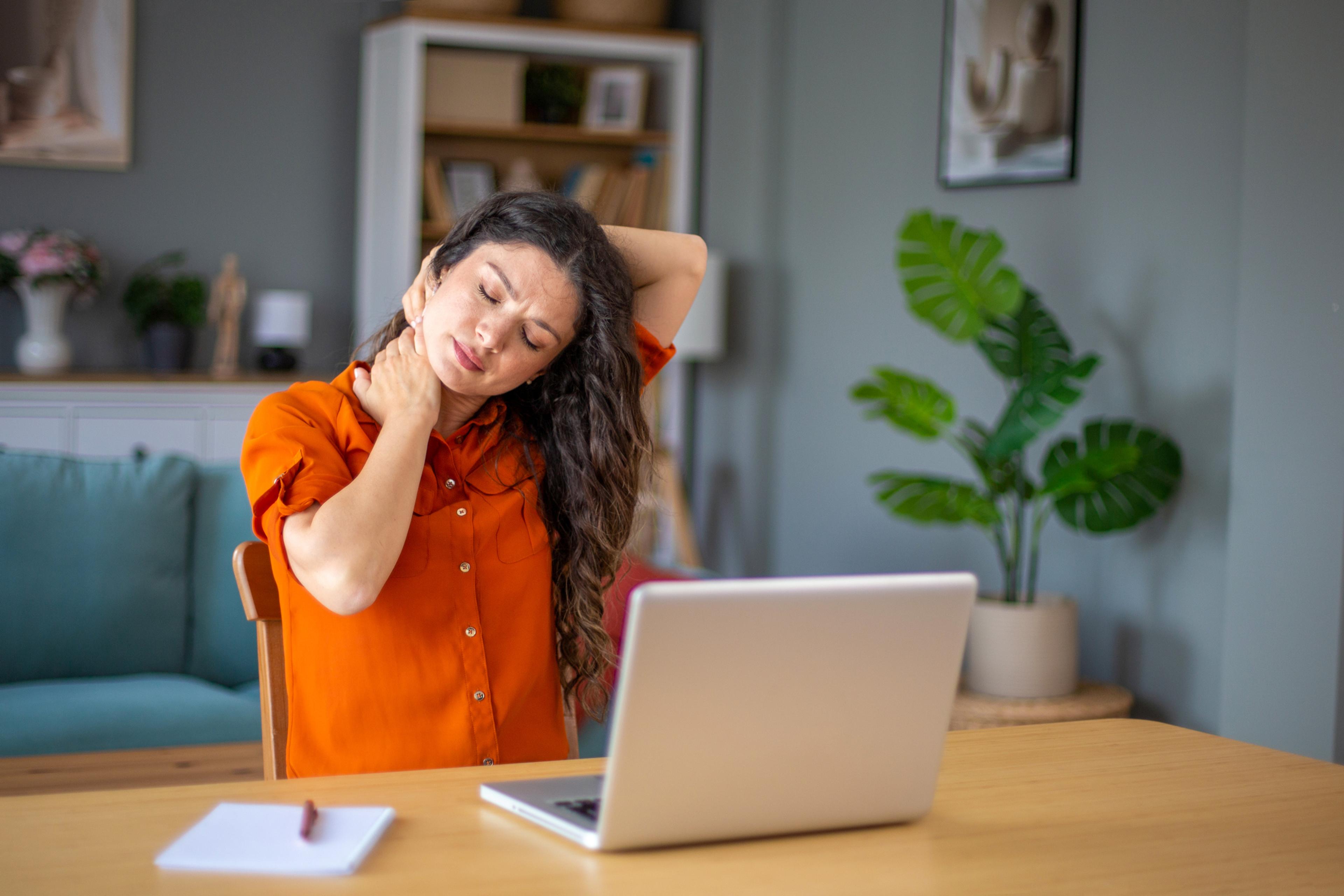Four Myths About UV Light Exposure
Dr. Crystal Lee, M.D.
| 4 min read
Crystal R. Lee, MD, FACP, CPC-A, CHCQM is a Medical ...

Skin cancer – the most diagnosed cancer in the United States – is most often caused by overexposure to ultraviolet (UV) rays. Overexposure to UV radiation was responsible for1.2 million new cases of non-melanoma skin cancers and 325,000 cases of melanoma in 2020, according to the World Health Organization. Melanoma is a life-threatening malignant skin cancer.
Sources of UV radiation include both natural rays from the sun and artificial rays from tanning beds and mercury vapor lighting, which is often used in stadiums and school gyms. Overexposure to UV light is preventable. Individuals can protect themselves by understanding four common misconceptions about UV light exposure.
Myth #1: People who rarely go outside can’t get skin cancer.
Even brief encounters with the sun throughout the year can amount to significant damage. Exposure can happen even if someone is not intentionally spending time outdoors, like while driving or running errands and walking to and from a shopping center from a vehicle during the middle of the day when UV rays are at their strongest.
Cumulative exposures like these are linked to squamous cell carcinoma, a malignant cancer that generally spreads less than melanoma. UV rays can also emit through glass, leaving individuals susceptible to UV light exposure while driving or sitting near a window. UV-blocking window film can be a good source of protection.
While squamous cell carcinoma is typically not life-threatening, it can be aggressive, so it’s best to be aware of both direct and indirect UV rays
Myth #2: People who tan easily without burning won’t get skin cancer.
There is no such thing as a safe or healthy tan. The American Society for Dermatologic Surgery states that tanning can increase one’s risk of developing skin cancer. Just because someone tans well and doesn’t burn easily, doesn’t mean they are immune to skin cancer. No one is immune to skin cancer.
Once skin is exposed to UV radiation, it increases the production of melanin to protect the skin from further damage, but melanin does not protect against skin cancer. Even those who rarely burn should avoid prolonged periods under the sun, especially without sunscreen.
Myth #3: Tanning beds are safer than tanning outside in the sun.
Tanning, whether indoors or outdoors, increases a person’s risk of melanoma, squamous cell carcinoma and basal cell carcinoma, a slow-growing cancer that can cause minimal damage when caught and treated early. Tanning beds and sun lamps can carry a significantly increased risk of skin cancer and are therefore highly condemned by dermatologists.
According to the American Academy of Dermatology (AAD), indoor tanning can increase a person’s risk of developing of squamous cell carcinoma by 58% and basal cell carcinoma by 24%. Exposure to the UV light emitted from tanning beds can also cause wrinkles, sunspots or freckles.
Myth #4: Gel manicures are safe.
A gel manicure is a salon service that uses a gel-based nail polish cured with a UV nail lamp or LED light. In addition to nail brittleness, peeling and cracking, repeated gel manicures can increase skin cancer risk and cause premature skin aging of the hands, according to the AAD.
Dermatologists recommend taking these precautions to make gel manicures safer:
- Be proactive by asking staff if they clean or disinfect tools after every client.
- Consider wearing fingerless UV protective gloves or, apply a broad-spectrum, water-resistant sunscreen with an SPF of 30 or higher.
- Only soak fingertips in acetone rather than whole hands or fingers to protect the surrounding skin.
- Ask the stylist not to push back or remove cuticles, as this could cause inflammation or infection. Plus, cuticles protect against germs.
It’s important to develop a plan to protect skin, especially during warmer months. Invest in a broad-spectrum sunscreen product that blocks UV radiation and wear a daily sunscreen with an SPF of 30 or higher while outdoors. Remember to reapply every two hours. Also, wear hats with large brims as well as darker, lightweight fabrics that provide extra protection.
Crystal Lee, MD, FACP, CPC-A, CHCQM, is a medical director in utilization management at Blue Cross Blue Shield of Michigan. For more health-related tips and content, visit AHealthierMichigan.org.
Keep reading:
Photo credit: Getty Images





